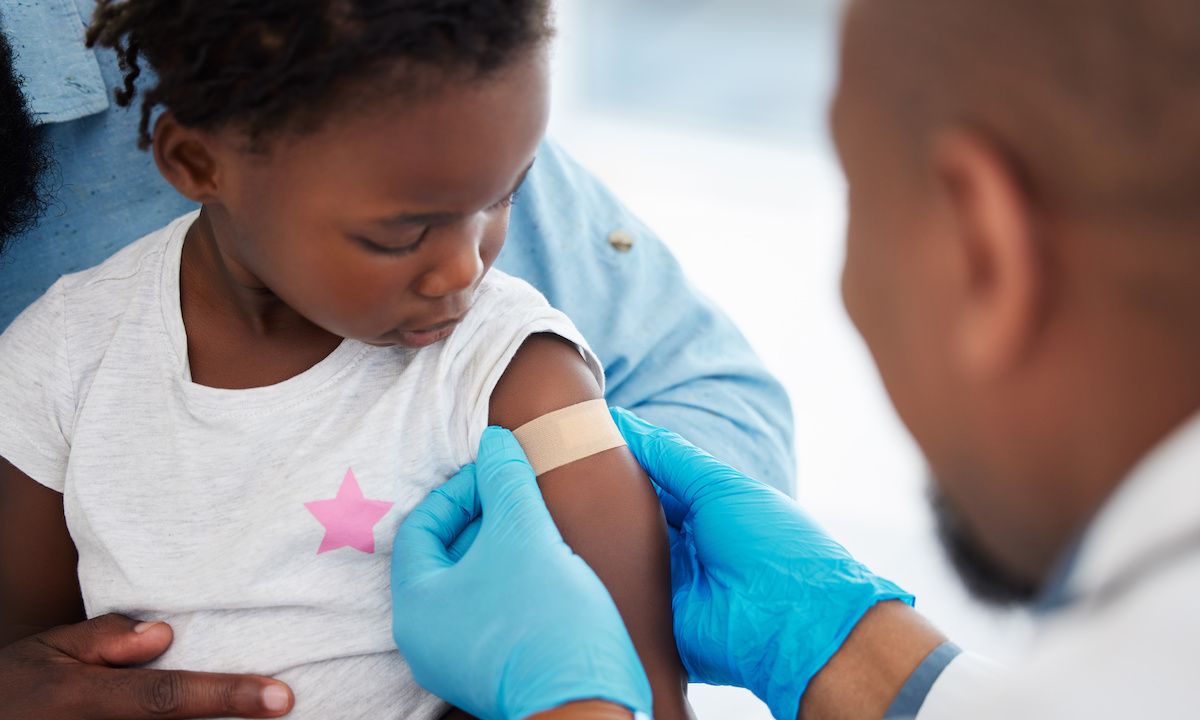Article
Study Investigates Increasing Incidence of Recurrent C. Diff in United States
Author(s):
The incidence of multiply recurrent Clostridium difficile infection is increasing in the United States, leading to a higher demand for new treatments, according to a recent study.
Clostridium difficile
The incidence of multiply recurrent infection is increasing in the United States, leading to a higher demand for new treatments, according to a recent study.
Clostridium difficile infection (CDI) is the most common healthcare-associated infection, maintains a high mortality rate, and often recurs in patients after treatment. The recurring infection, known as multiply recurrent Clostridium difficile infection (mrCDI), is often treated with fecal microbiota transplantation (FMT), an expensive, unregulated therapy with unknown long-term effects.
A new study published in Annals of Internal Medicine collected data from the OptumInsight Clinformatics Database to analyze information of the insured population among different US health plans from January 2001 to December 2012. Of the 38,911,718 people who met the criteria for the study, 45,351 people had at least 1 experience with CDI, while 1669 people had mrCDI.
The incidence of CDI had increased 42.7% annually between 2001 and 2012, according to the study. However, over the same period the annual incidence of mrCDI had increased by 188.8%. The patients who developed mrCDI were often older and female. There was also an association between the development of mrCDI and the use of proton pump inhibitors, corticosteroids, and antibiotics other than those used to treat CDI.
“This excessive increase in incidence of mrCDI was independent of other known risk factors for CDI and occurred across all regions of the United States,” the study noted. “This implies that demand for new antimicrobial therapies and FMT can be expected to increase considerably in the coming years.”
The researchers also tied the increase of mrCDI to the North American pulsed-field gel electrophoresis type 1 strain of C. difficile. This strain has been identified as a potential risk factor, as an alteration in the biology could explain the rapid increase of the infection.
“In addition, these findings reveal avenues of further study that may help guide the modification of treatment algorithms to reduce the incidence of mrCDI,” the study concluded.




